Five Takhts of Sikh Community | Punjab State (PPSC) PSC: Preparation - PPSC PCS (Punjab) PDF Download
| Table of contents |

|
| The Five Takhts of the Sikh Community |

|
| Shri Akal Takht |

|
| Takht Sri Damdama Sahib |

|
| Takht Sri Keshgarh Sahib |

|
| Takht Shri Hazur Sahib |

|
| Takht Shri Patna Sahib |

|
The Five Takhts of the Sikh Community
The Five Gurdwaras, known as the Five Takhts (Royal Thrones), hold exceptional significance for the Sikh community. These Takhts are as follows:
Shri Akal Takht
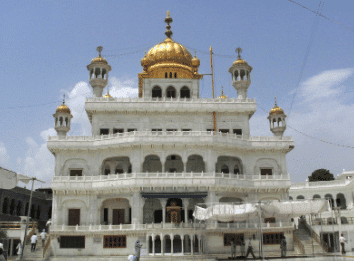
The Shri Akal Takht is the oldest of the Five Takhts, situated in front of the Golden Temple in Amritsar. It was established by Guru Har Gobind Sahib Ji.
The Akal Takht was created as a place for justice and the consideration of temporal matters. It serves as the highest seat of earthly authority for the Khalsa, the collective body of Sikhs, and is the residence of the Jathedar, the foremost spokesperson for the Sikh community.
Takht Sri Damdama Sahib
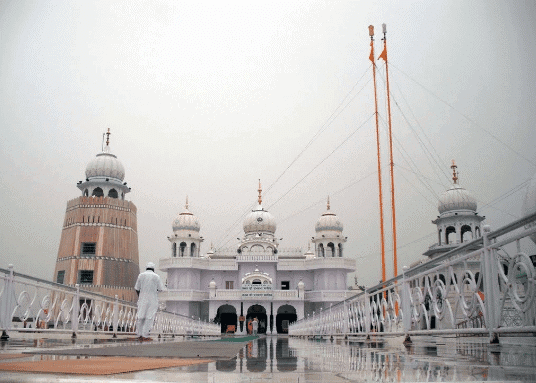
Location and Significance. Takht Sri Damdama Sahib is located in the village of Talwandi Sabo, near Bathinda. This site holds great historical and religious significance as it was here that Guru Gobind Singh Ji spent nearly a year compiling the final edition of the Guru Granth Sahib Ji. Recognition. The Takht was officially recognized as the fourth Takht of Sikhism on 18 November 1966, acknowledging its importance in the Sikh faith.
Takht Sri Keshgarh Sahib
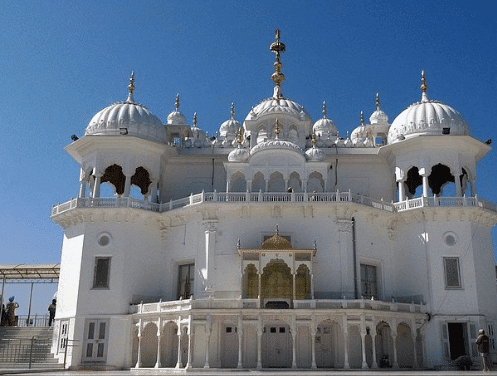
Location and Historical Importance. Takht Sri Keshgarh Sahib is situated in Anandpur Sahib, Punjab. This is the place where Guru Gobind Singh Ji founded the order of Khalsa in 1699, marking a significant event in Sikh history. Guru’s Relics. The Takht houses important relics of Guru Gobind Singh Ji, including a choga (cloak), bani (hand-written script), a comb with hair and turban, and three swords with inscriptions in Punjabi. These relics are over 300 years old and hold great spiritual significance. Relic Transfer and Enshrinement. The relics were initially moved from Qila Mubarak to Gurdwara Dukhnivaran Sahib in Patiala on 28th April 2015. They were then displayed in a religious procession across Punjab from 6th to 20th May 2015 before being enshrined at Takht Sri Keshgarh Sahib.
Takht Shri Hazur Sahib
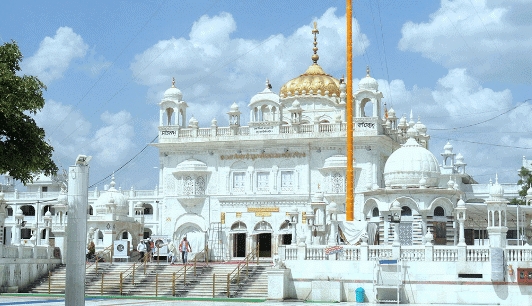
Location and Significance. Takht Shri Hazur Sahib is situated on the banks of the Godavari River in Maharashtra. This site holds great historical and religious significance as it was where Guru Gobind Singh Ji held his court. It was also from here that he dispatched Banda Singh and five other Sikhs to Punjab to fight for justice. This is also the place where Guru Gobind Singh Ji passed away.
The Gurdwara Complex. The gurdwara within the complex is known as Sach-Khand, which means the Realm of Truth. The inner room of the gurdwara is called the Angitha Sahib. This room is built over the spot where Guru Gobind Singh Ji was cremated in 1708.
Construction History. The gurdwara was constructed between 1832 and 1837 by the order of Maharaja Ranjit Singh.
Takht Shri Patna Sahib
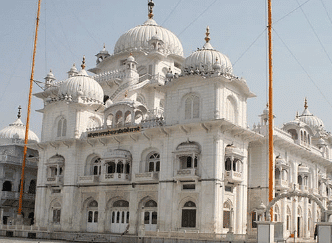
Location and Significance:
- Situated in Patna, Bihar, Takht Shri Patna Sahib is a place of great importance in Sikh history.
- It is the birthplace of Guru Gobind Singh Ji, the tenth Sikh Guru, and is revered as a central point for the spread of Sikhism in Eastern India.
Historical Background:
- The shrine was built by Maharaja Ranjit Singh, the founder of the Sikh Empire, who played a crucial role in the preservation and promotion of Sikh heritage.
|
23 videos|50 docs|47 tests
|
FAQs on Five Takhts of Sikh Community - Punjab State (PPSC) PSC: Preparation - PPSC PCS (Punjab)
| 1. What are the Five Takhts of the Sikh Community? |  |
| 2. What is the significance of Shri Akal Takht in Sikhism? |  |
| 3. Where is Takht Sri Damdama Sahib located and what is its importance? |  |
| 4. What role does Takht Sri Keshgarh Sahib play in Sikh history? |  |
| 5. How do the Five Takhts contribute to the Sikh community today? |  |















